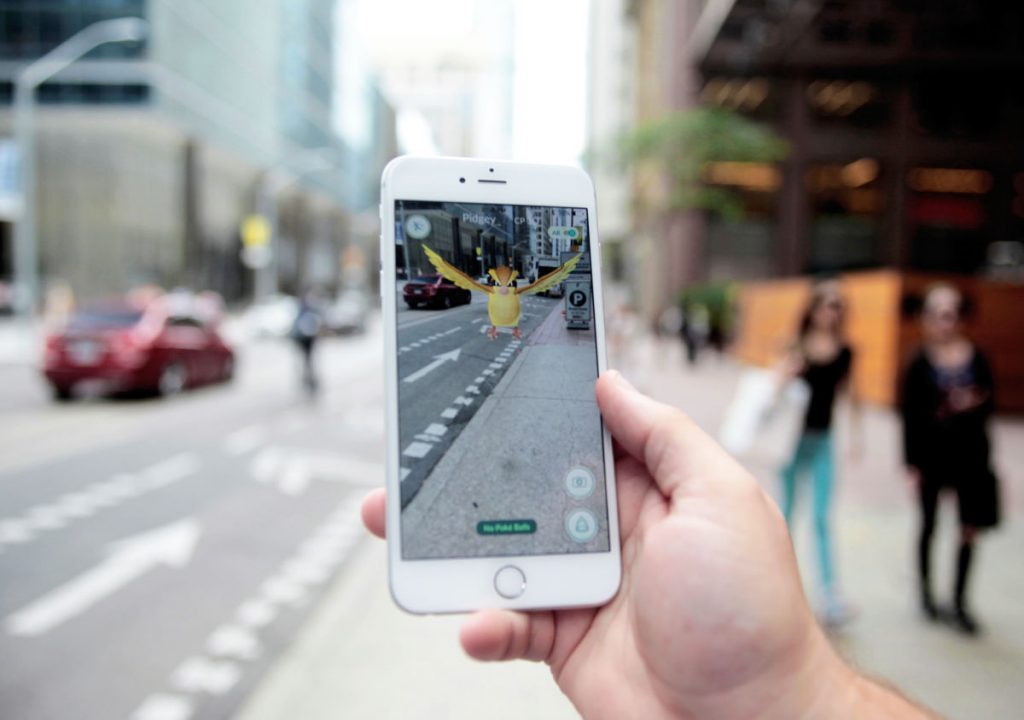For years, despite the clamboring of fans everywhere, Nintendo had stubbornly refused to develop mobile games. Perhaps it was the success of SEGA and Capcom ports on the mobile platform, perhaps it was the underwhelming performance of the Wii U, or maybe a combination of pressure from investors and falling stock, but in 2015, Nintendo realized sequestering themselves from the massive mobile market, was acting against their best interest. Early that year, CEO Satoru Iwata announced that Nintendo would finally be coming to smartphones.
Almost exactly a year later, Nintendo took their first steps into the mobile landscape with the social app Miitomo. The app immediately jumped to the top of the charts, but the success was short lived. A recent report showed that the app is in decline and Nintendo is having trouble maintaining active users.
Enter Niantic Labs. The San Francisco based company was founded by John Hanke as an internal startup within Google in 2010. Over the next four years, Niantic rolled out two mobile games, one of which was Ingress, an augmented reality game which would later become the basis for Pokemon GO. Only one year ago in 2015, Niantic officially split from Google, but Google, along with Nintendo and the Pokemon Company, quickly saw an opportunity and the three became majority investors in Niantic, pledging $30 million combined to support Niantic’s future projects. Thus Pokemon GO was born. A year later, Pokemon GO was released and Nintendo stock jumped 35% due exclusively to Pokemon hype. Over night, Pokemon became a worldwide phenomenon. But it’s not simply coincidence or luck. Pokemon GO relies heavily upon several factors that create the perfect formula for the game.

The app relies heavily on the nostalgia of people who grew up with the Pokemon GameBoy game and TV show. Catching a new Pokemon mirrors the excitement of opening a brand new pack of Pokemon cards and adding them to your collection. Additionally, for people who didn’t grow up knowing all the words to the Pokemon theme song, there’s an air of excitement in discovering a Pokemon you’ve never seen before or seeking out the strange silhouette displayed in the “nearby” menu.
Despite being relatively primitive in its implementation (and limited by the power of the smartphone) Pokemon Go takes advantage of augmented reality technology to make the game even more fun. A game that could easily be simply flicking a Pokeball at 2D rendering of a Pokemon on a pre-rendered background, but Pokemon Go chooses to immerse its user base by placing the well-designed models in the real world to emulate the experience of the GameBoy games.
With the steady decline of the WiiU, the failure of StarFox 0, and Mighty No. 9, as well as rapidly falling stock and multiple other missteps, Nintendo needed a win before the release of its new console, the NX, in 2017. At the same time, fans were clamboring for anything Nintendo and Pokemon GO launched at just the right moment, giving fans (and newcomers) exactly what they need–an AR app with Nintendo IP and the promise of longevity.

